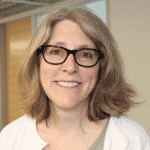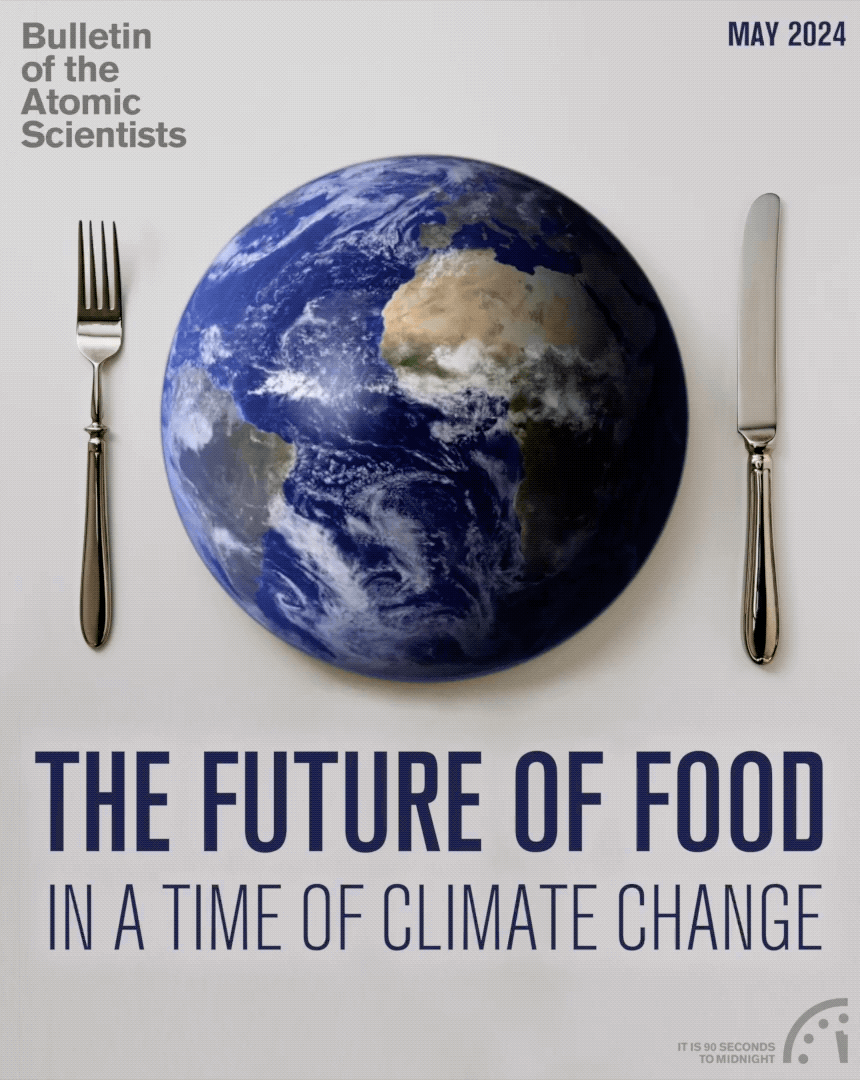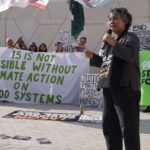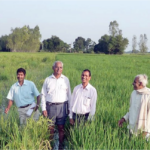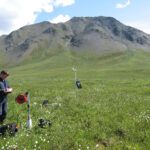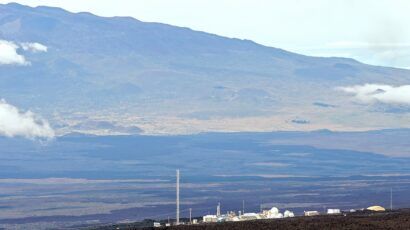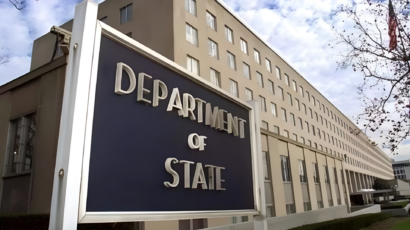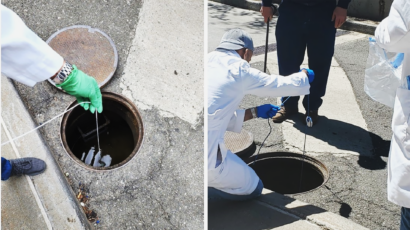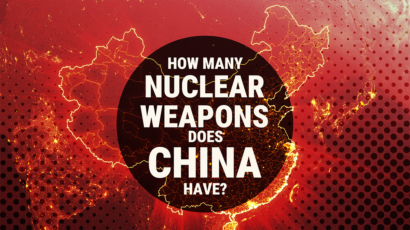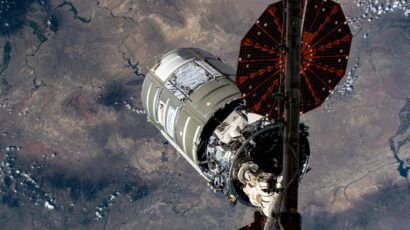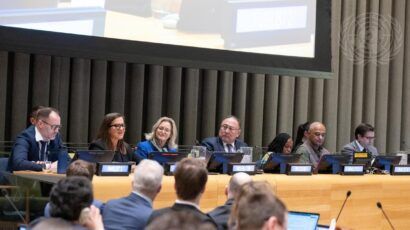Interview: Catherine Bertini on eliminating hunger in a changing climate
By Dawn Stover | May 7, 2024
Catherine Bertini in Ethiopia in 1998. Photo courtesy of Tom Haskell
Interview: Catherine Bertini on eliminating hunger in a changing climate
By Dawn Stover | May 7, 2024
Loading...
Together, we make the world safer.
The Bulletin elevates expert voices above the noise. But as an independent nonprofit organization, our operations depend on the support of readers like you. Help us continue to deliver quality journalism that holds leaders accountable. Your support of our work at any level is important. In return, we promise our coverage will be understandable, influential, vigilant, solution-oriented, and fair-minded. Together we can make a difference.
Keywords: African crops, Gaza, World Food Programme, climate-resilient agriculture, food insecurity, zero hunger
Topics: Climate Change, Special Topics
Get alerts about this thread
0 Comments
Oldest
